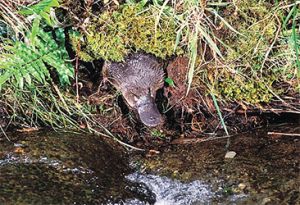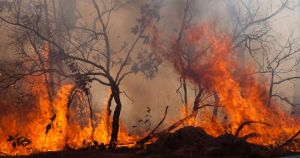By Lachlan Turner
Platypus DNA has been found in water samples taken from several locations in the Cattai Creek Catchment.
Western Sydney University (WSU), researcher Dr. Michelle Ryan with a team of citizen scientists, including members of the Cattai Hills Environment Network (CHEN), made these astounding discoveries during June of 2020.
Since that time there have been some further exciting developments. A number of landholders bordering these creeks have come on board with assistance in repairing the eroded riparian zones on their properties.
With the help of volunteers, work is underway to remove introduced invasive weeds and replacing them with suitable native plants and grasses that will aid in supporting the creek banks against erosion, thus improving the potential for platypus to safely create their burrows in a more stable bank.

CHEN, with the assistance of Conservation Volunteers Australia, held their initial Platypus Landcare Day on June 6 along Cattai Creek. Their mission on this occasion was to help in flood recovery and repair work following recent stormwater damage due to heavy rains in the area.
At least one platypus burrow has been located. Following an in-depth training session at the Community Environment Centre on June 10, over 20 volunteers have ventured into various sections of the Cattai Catchment around Annangrove during the June Long Weekend to collect more samples of creek water which will hopefully reveal more locations where platypus have frequented. Sydney Water has also partnered with the recent platypus water sampling process along the Cattai Creek Catchment.
More volunteers are sought to successfully locate the habitat in which platypus thrive.
For further enquiry and information go to the CHEN website www.chen.org.au on how to get involved with this study.




